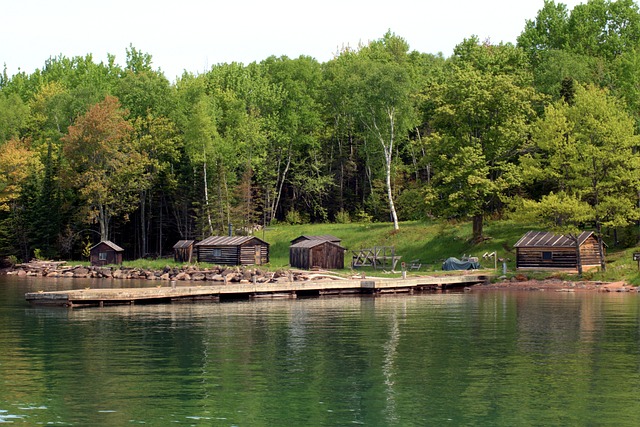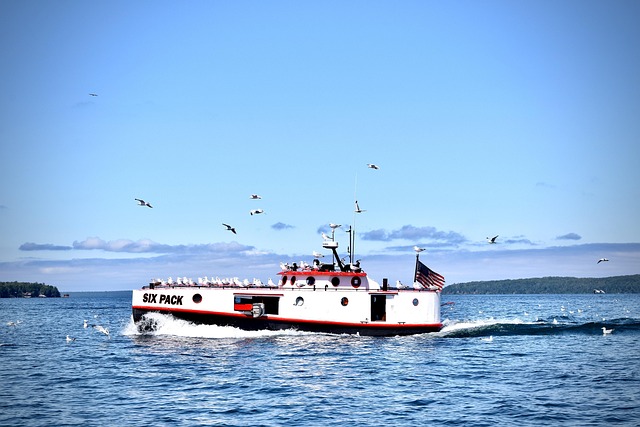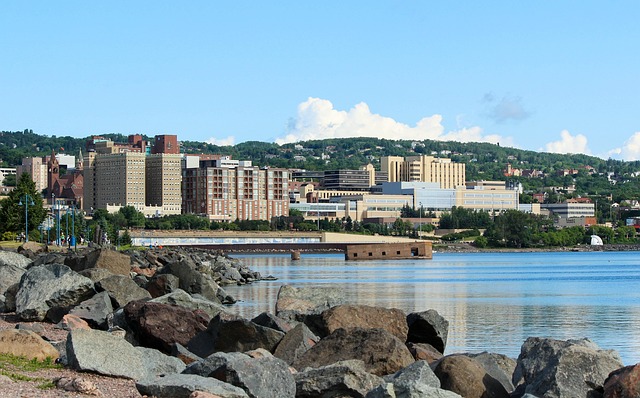A former mining town, preserved as a time capsule, attracts tourists interested in its industrial heritage. The transformation into a tourist destination sparks a real estate boom, with infrastructure upgrades and visitor demand driving accommodations from historic bed-and-breakfasts to modern hotels. This growth blends old and new, revitalizing the community through a multifaceted strategy: leveraging local history, integrating historic buildings, utilizing digital marketing, and emphasizing sustainable practices. The town's unique character and rich heritage unlock significant tourism potential and financial opportunities while ensuring preservation for future generations.
“Discover how a former mining town has emerged as a vibrant tourist destination in this captivating narrative. Delve into the historical context, ‘Uncovering the Past of a Former Mining Town,’ to understand its evolution. Explore ‘Transforming the Landscape: Real Estate Opportunities and Market Trends’ to uncover the economic resurgence driven by property development. Learn about ‘Attracting Tourists: Strategies for Revitalization and Sustainable Growth’ as the community embraces new strategies to ensure long-term success, all while highlighting the vital role of real estate in this remarkable turnaround.”
Historical Context: Uncovering the Past of a Former Mining Town

In the heart of a once-bustling mining region, a former town stands as a testament to the industry that shaped its identity. This historical locale, now a tourist draw, offers visitors a glimpse into the past through its well-preserved architecture and rich cultural heritage. The story of this town is deeply intertwined with the rise and fall of mining operations, which left an indelible mark on both the landscape and the lives of its former residents.
The real estate market in this area was once driven by the influx of workers seeking opportunities in the mines. The town boomed, with vibrant businesses, bustling streets, and lively communities. However, as mining practices evolved and resources depleted, the industry began to decline, leading to a subsequent population shift. Today, the abandoned buildings and remnants of that era serve as a captivating historical narrative, attracting tourists curious about life in this bygone era.
Transforming the Landscape: Real Estate Opportunities and Market Trends

The transformation of a former mining town into a tourist draw presents unique real estate opportunities. As infrastructure improves and visitor numbers rise, the local real estate market tends to boom. The demand for accommodations, from quaint bed-and-breakfasts to modern hotels, increases significantly, offering investors and developers an attractive prospect. This surge in tourism also sparks interest in residential properties, as folks are drawn to the town’s newfound charm and rich history.
The landscape is literally being transformed with new constructions and renovations. Historic buildings are restored to their former glory, blending seamlessly with modern amenities. This blend of old and new creates a vibrant real estate scene, catering to diverse tastes and budgets. Market trends indicate that properties with scenic views, whether of the once-industrial sites now reclaimed by nature or the bustling tourist attractions, hold significant value. As the town continues to evolve, the real estate opportunities are vast, promising both financial gains and community revitalisation.
Attracting Tourists: Strategies for Revitalization and Sustainable Growth

Former mining towns, with their rich history and unique character, offer immense potential as tourist destinations. To ensure sustainable growth and revitalization, a multifaceted approach is crucial. Strategies should focus on leveraging the town’s distinct heritage through immersive experiences, such as guided tours, museums, and cultural events that tell the story of its past. Real Estate development can play a significant role by integrating historic buildings into modern amenities like boutique hotels, restaurants, and art galleries, attracting visitors seeking authentic, off-the-beaten-path experiences.
Moreover, digital marketing and social media campaigns can help put these towns on the map. By showcasing local attractions, culinary delights, and unique accommodation options online, tourism boards can tap into a global audience. Collaborating with influencers and creating engaging content that highlights the town’s vibrant culture and natural surroundings will further drive interest. Sustainable practices should also be emphasized to appeal to eco-conscious travelers, ensuring the preservation of the area for future generations of both locals and visitors alike.






